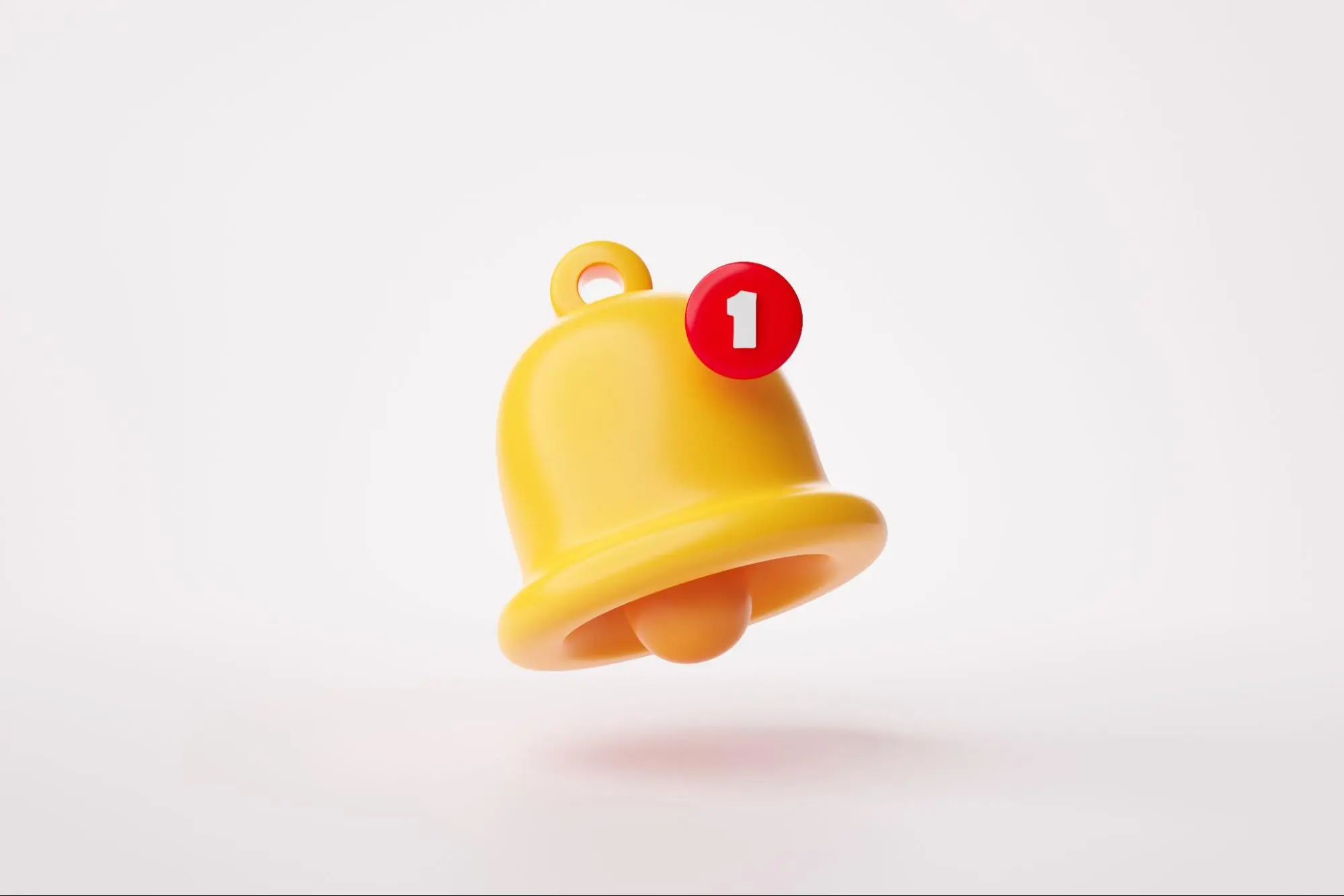Push notifications can be a powerful tool for promoting your app, but they can also be annoying if used improperly. In this post, we’ll go over how to set up push notifications for your app, craft effective push notification messages, and use best practices for timing and frequency.
By the end of this post, you’ll have all the tips you need to promote your app like a pro with push notifications.
Table of Contents
Importance of Push Notifications in App Promotion
First, let’s define push notifications. These are messages that are sent directly to a user’s device, even when the app is not in use. They can be used to promote new features, send special offers, or even remind users to open the app.
Push notifications are an important part of app promotion because they help keep your app top of mind with users and encourage them to engage with your app.
Setting Up Push Notifications for Your App
Now that you know what push notifications are, let’s talk about how to set them up for your app. Enabling push notifications in the app’s code is the first step. This typically involves adding a few lines of code and configuring your app to ask for permission to send push notifications.
Once that’s done, you’ll need to set up a push notification service to actually send the notifications. There are a number of options to choose from, including OneSignal and Firebase Cloud Messaging.
Crafting Effective Push Notification Messages
Once you’ve got the technical stuff out of the way, it’s time to start creating powerful push notification messages.
The key here is to keep it short and sweet. No one wants to read a novel on their phone, so aim for around 50 characters or less. Personalization can also increase the relevance of your push notifications and make them more likely to be clicked on. Try including the user’s name or location in the message.
A strong call to action is also important, so include a verb that encourages the user to take action (e.g. “Download now!”). Emojis can also add personality and help your notification stand out in a crowded notification tray.
Finally, don’t be afraid to A/B test different messages to see what works best.
Timing is Everything: When to Send Push Notifications
Timing is another important factor to consider when sending push notifications. Experiment with different times of day and days of the week to see when your notifications are most likely to be opened.
You can also use location data to send notifications at relevant times (e.g. a notification about a sale at a nearby store). Just be sure to avoid sending too many notifications and annoying your users.
Measuring the Success of Your Push Notification Campaigns
Measuring the success of your push notification campaigns is important to see what’s working and what’s not. Use app analytics tools like Google Analytics to track push notification engagement, and look at metrics like click-through rate and conversion rate. This will help you see which notifications are most effective and where you can improve.
Best Practices for Push Notification Frequency
Speaking of improvement, let’s talk about best practices for push notification frequency. Reteno push notifications can inspire you and give you some great ideas on how you can improve.
Striking a balance between too many and too few notifications is key. You don’t want to overwhelm your users with notifications, but you also don’t want to go too long between notifications and risk being forgotten.
Letting users customize their notification settings can also help with this, as some users may want to receive more notifications than others.
Finally, consider using segmentation to send relevant notifications to specific groups of users. For example, you could send a notification about a sale to users who have shown an interest in that type of product.
Case Studies of Successful Push Notification Campaigns
Now that you’ve got the basics down, let’s take a look at some examples of successful push notification campaigns. One app that did this well is the meditation app Headspace. They used push notifications to remind users to meditate and offer special meditation sessions. The notifications were timely and relevant, and they helped keep the app top of mind with users. As a result, Headspace saw an increase in user engagement and retention.
Another example is the dating app Bumble, which used push notifications to alert users when they had a new match or message. This helped keep users engaged with the app and increased the likelihood of them starting a conversation.
Conclusion
Push notifications can be a powerful tool for promoting your app if used effectively.
By setting up push notifications, crafting effective messages, and using best practices for timing and frequency, you can effectively promote your app and keep users engaged.
Just be sure to avoid annoying your users with too many notifications, and give them the option to customize their notification settings.
With these tips in mind, you’ll be well on your way to promoting your app like a pro with push notifications.







